Kichaka Lodge: Beauteous Lalibela Wildlife Reserve, Eastern Cape of South Africa
On an early morning game drive, we watch a bank of low cloud on the horizon as it rolls towards our open-sided vehicle. It’s a warm day, the grass on the plains of Lalibela Wildlife Reserve in the Eastern Cape Province of South Africa is lush, with an abundance of flowers. The mist enfolds us. We stop to enjoy the feeling of mystery, the sensation of moist air on our faces. In front of us, on the dust road, a shape appears. Spectre-like it moves closer. An African buffalo bull! Steadily others follow, including females with calves. They communicate with one another via grunts and bellows, exhaling vapour as they call.
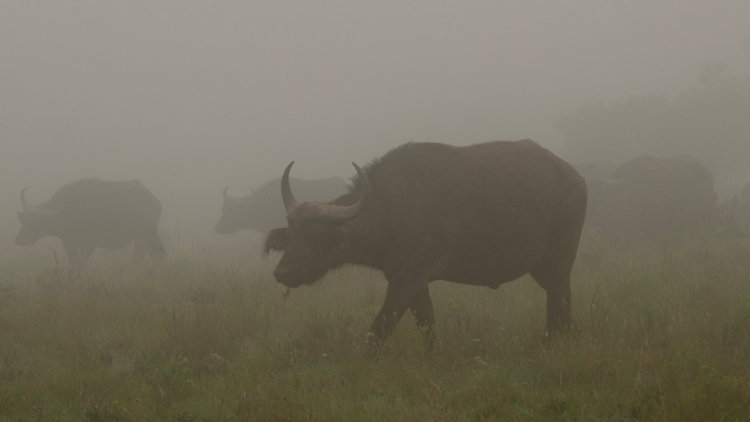
Image by Gillian McLaren
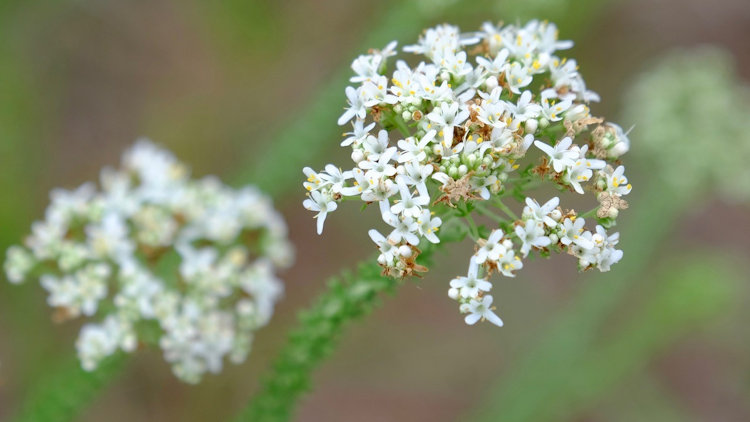
Image by Gillian McLaren
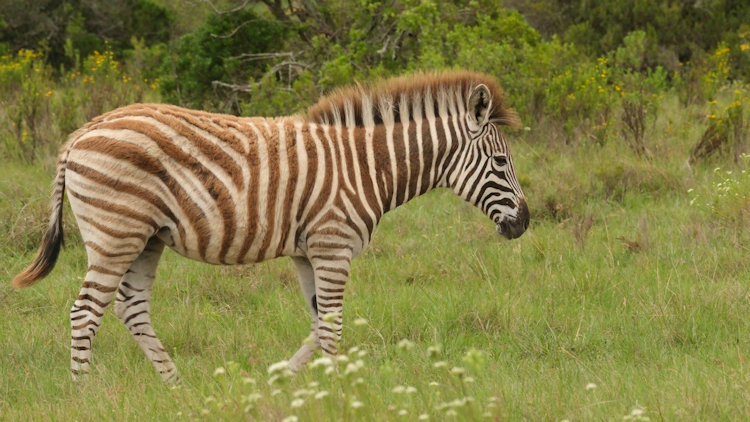
Image by Gillian McLaren
Next to the road, on the ground and in bushes, hundreds of dew-decked spider webs glisten in the soft light. Our guide identifies the webs of a few species of spiders, including the Social spider with a mesh of cribellate silk enfolding dried leaves and the remains of prey. Adults and spiderlings live together to cooperate in web-building, prey capture and brood rearing. The Grass Funnel-web spider constructs funnel-shaped webs near to the ground to trap their prey.
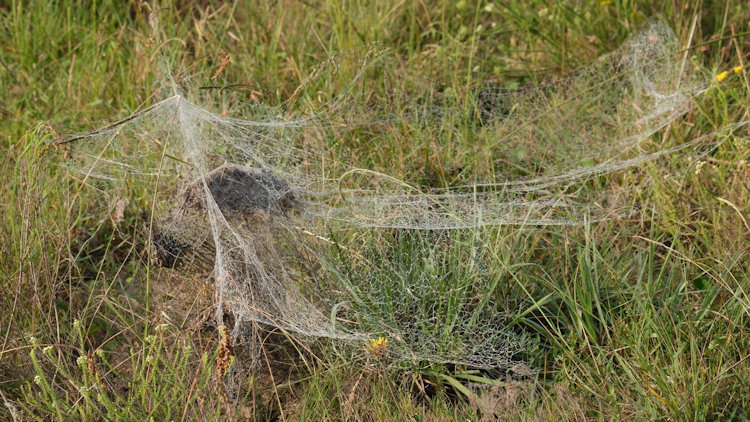
Image by Gillian McLaren
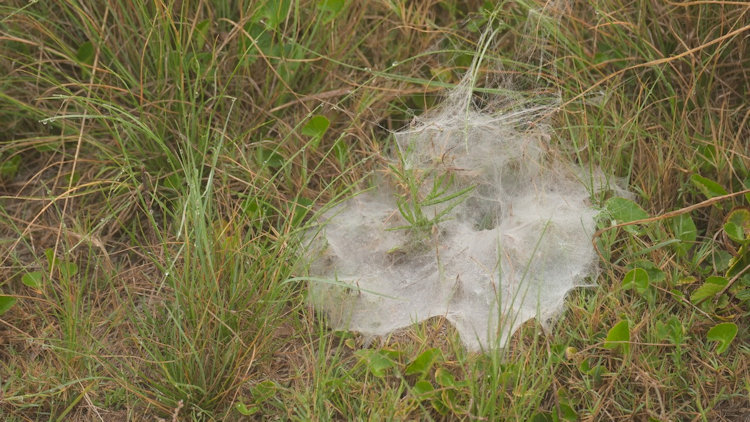
Image by Gillian McLaren
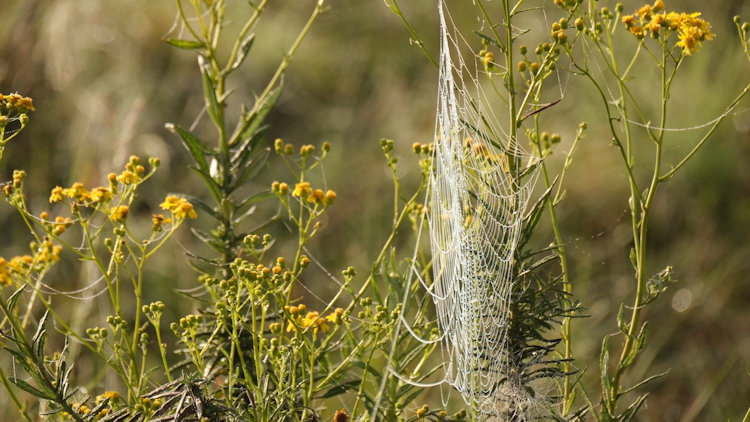
Image by Gillian McLaren
An array of mushrooms have sprung up after the first rains.
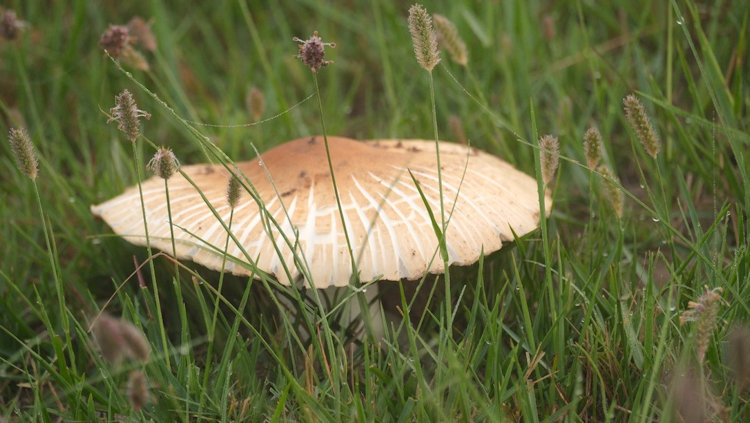
Image by Gillian McLaren
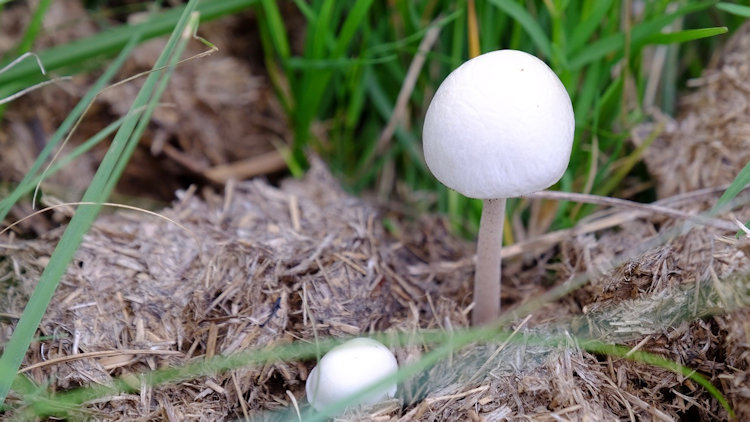
Image by Gillian McLaren
My guide is called in to an African elephant sighting, so we make our way there. This breeding herd of mothers, youngsters and babies, with an imposing bull lingering nearby, is moving in single file away from a watering hole, up a hill. Switching off the motor, we listen to the low rumbling communication between these pachyderms and look at details of their padded feet on the grassy slope.
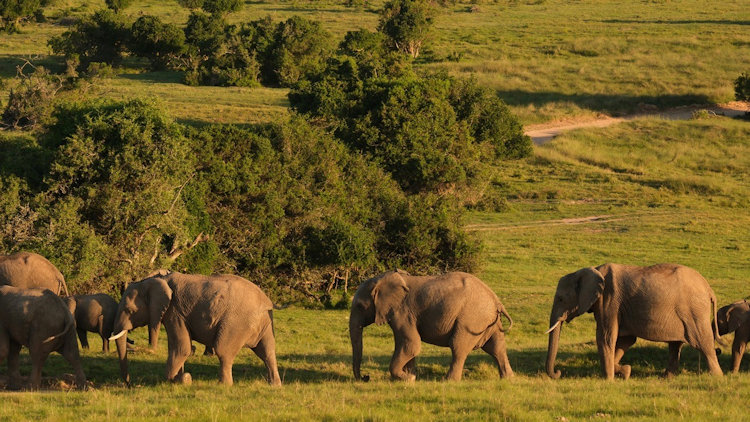
Image by Gillian McLaren
In a patch of shade, we find a mature lion with a mane that looks as if he has had highlights. Fast asleep, his distended stomach reveals that this is a post-prandial snooze. Further down the road two female lions are crouching near to a herd of Red hartebeest. We wonder if the dominant male devoured the major part of their catch, leaving them still hungry.
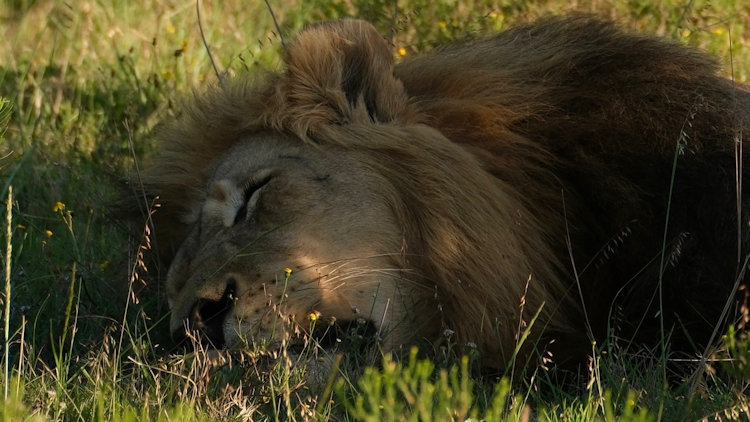
Image by Gillian McLaren
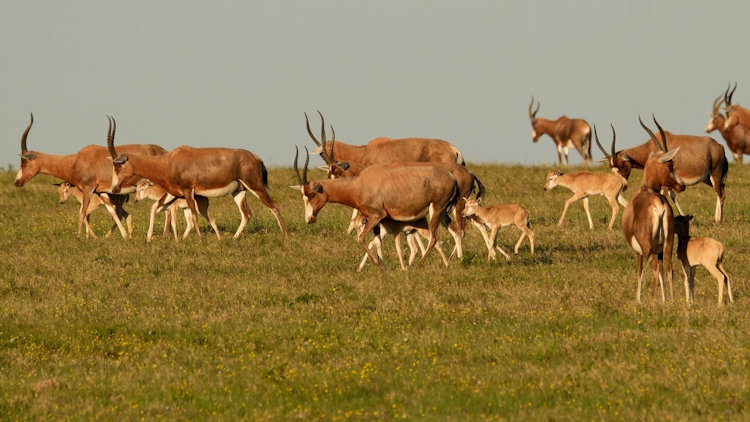
Image by Gillian McLaren
It’s the birthing time of the year for antelope, so almost every blesbok female has a youngster by her side. Guests are thrilled to watch a calf being born, then nudged by its mother to stand. The astounding video is evidence of this rare sighting. After our game drive, we crowd together In the lounge before our à la carte breakfast, to watch the birth and to marvel at the miracle of how quickly the new-born stands up on its wobbly legs. You never know what you might espy in the wild!
Image by Gillian McLaren
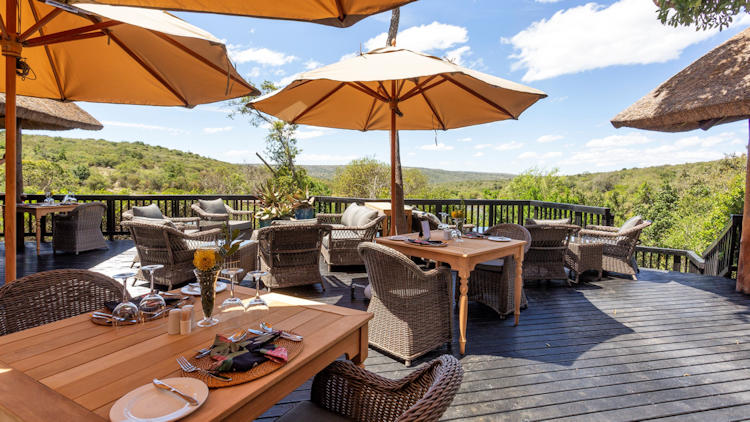 Image by Lalibela Wildlife Reserve
Image by Lalibela Wildlife Reserve
Kichaka Lodge, where I am based, is the most luxurious of several accommodation options in the reserve. Each of the ten stone and thatch suites have splendid views of the verdant landscape, with some set above a waterhole. My private rim-flow plunge pool is heated, so steam rises from the water surface each evening when I have my dip after a game drive, before a delectable three-course dinner under the stars, or in the elegant indoor dining room.
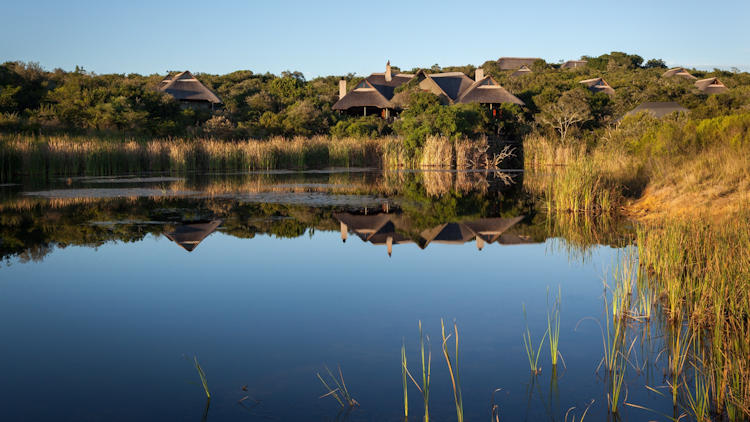
Image by Lalibela Wildlife Reserve
Image by Gillian McLaren
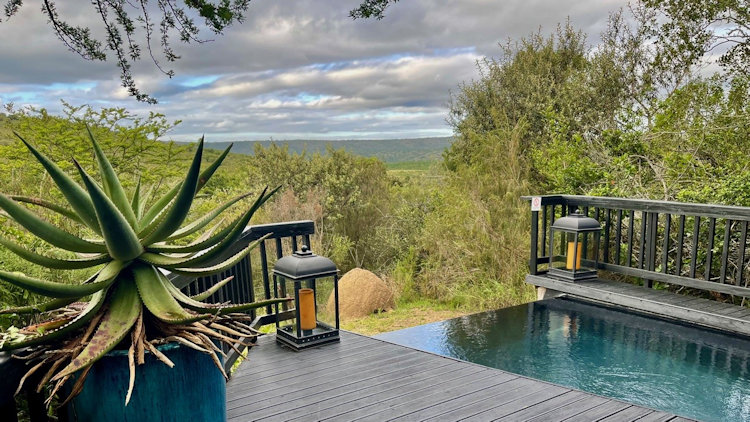
Image by Image by Gillian McLaren
My suite is built on three open levels, with lounge on the base leading out to the wooden deck and outdoor shower; bedroom with a desk in the middle plane; then steps to the top with a bath and shower, twin basins, open cupboard space and a separate toilet. The décor is traditional safari, colonial style, with dark wood and neutral fabrics. I prefer the light through-breeze to air conditioning, as I enjoy the night sounds of the African bush, with whooping Spotted hyaena, baying Black backed jackals and the loud grunts of resident hippos in Kichaka's waterhole.
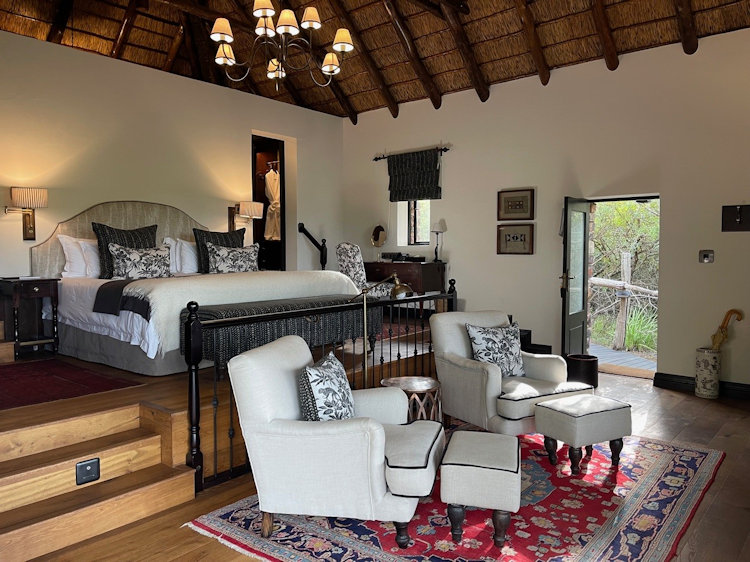 Image by Gillian McLaren
Image by Gillian McLaren
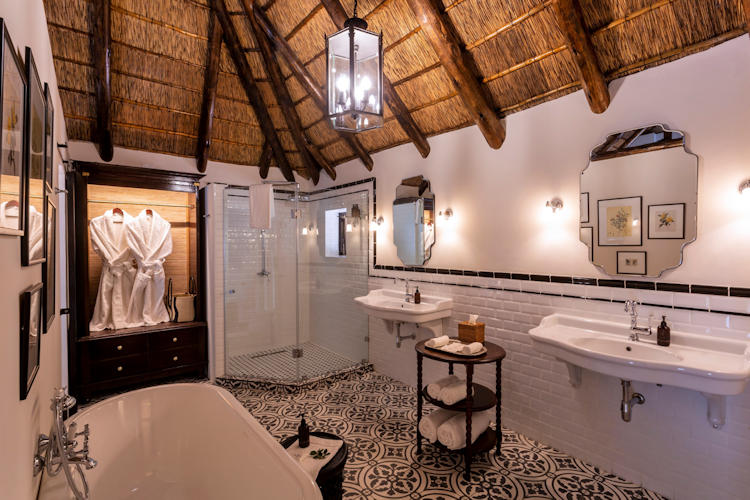
Image by Lalibela Wildlife Reserve
Although Lalibela Wildlife Reserve is a Big Five area, with an excellent chance of spotting all of these much-favoured mammals, the biome itself - with its rich diversity - is intriguing. The early European settlers in the region thought the Albany thicket area was impenetrable. Known as The Frontier Country, it was teeming with wildlife in the early 19th Century before species were decimated by European hunters and the land was used for agriculture. The ancient presence of San people is evidenced in their cave paintings that can be enjoyed during a bush walk. This wilderness area is a now triumph of conservation, where previous farming areas are being rehabilitated in an ongoing project, to allow the land to return to its original state. Alien trees - like Australian wattle along the river valley - are steadily being removed, cut down and the area burned, to slow down their rate of proliferation. After a survey of the region, the carrying capacity was determined, then indigenous animals - including Cape Vultures - were reintroduced to the reserve. Wildlife is carefully monitored by conservation staff and assisted by the anti-poaching team with their energetic K9 dogs.
The abundance of birds here includes specials like Knysna turaco, Village weaver, White-bellied bustard and Orange throated longclaw, each of which I am thrilled to watch while on a bush walk.
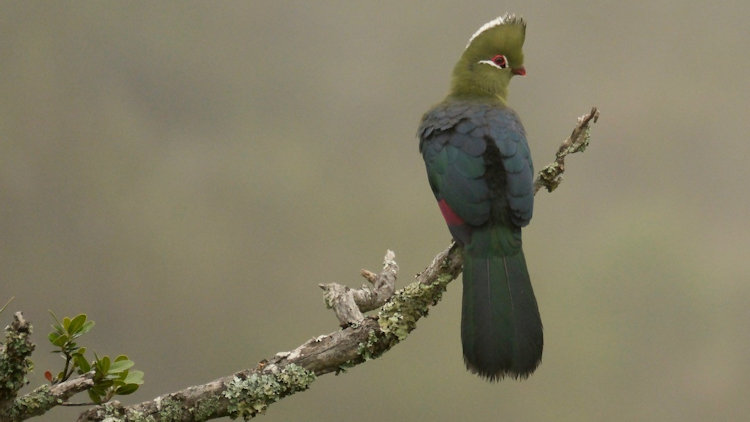
Image by Gillian McLaren
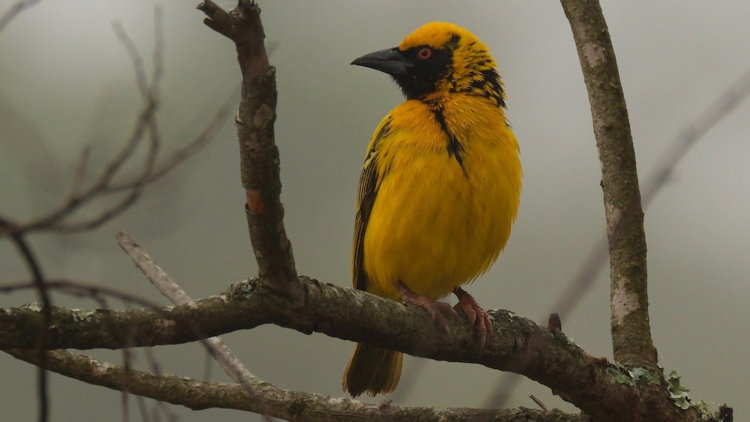
Image by Gillian McLaren
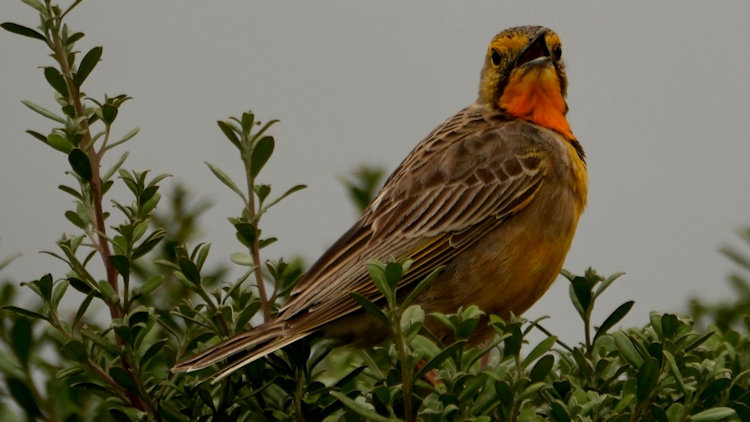
Image by Gillian McLaren
Malaria free, with rich vegetation in a picturesque landscape carrying an array of indigenous game, birds, reptiles and amphibians, plus the privilege of well-informed guides, make Lalibela Wildlife Reserve a desirable Safari destination.
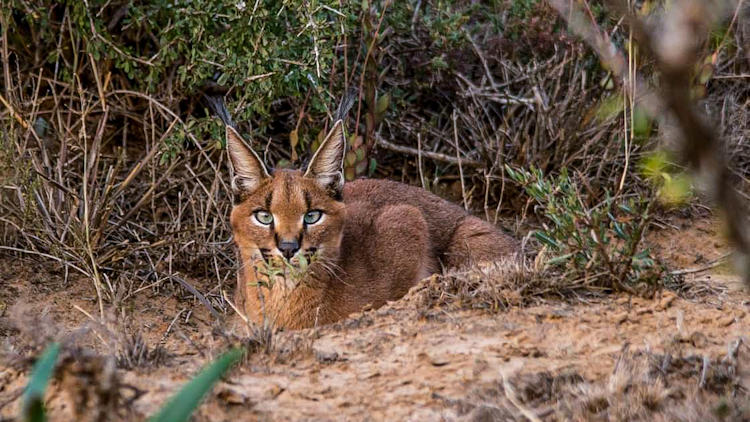
Image by Lalibela Wildlife Reserve
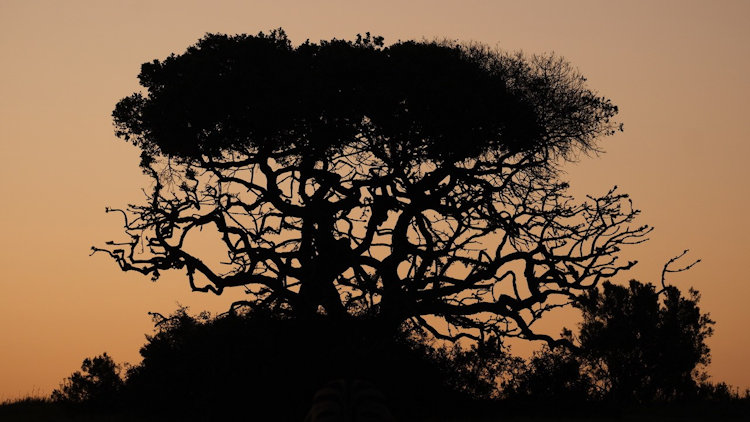 Image by Gillian McLaren
Image by Gillian McLaren
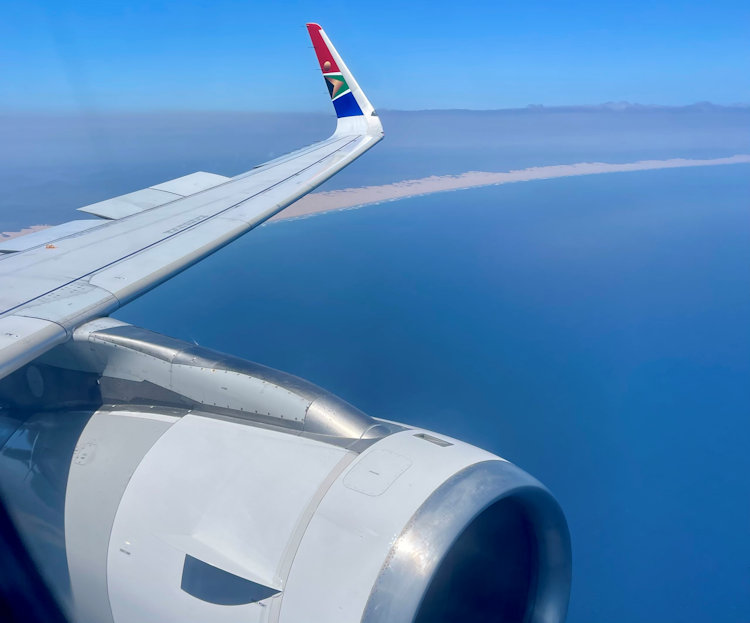
Getting There
South African Airways is the flag carrier of South Africa. SAA offers direct daily flights from Johannesburg, Durban and Cape Town to Gqeberha (Port Elizabeth), the nearest airport to Lalibela Wildlife Reserve. Look on their website for some excellent local flight specials.
SAA hosts domestic and international lounges around the world accessible for SAA Business and First Class passengers.
From Qgeberha (PE) it is an hour’s drive to the Reserve, through glorious scenery. It’s an easy self drive, but the lodge can organise a comfortable transfer for guests.
Taken from: Luxury Travel Magazine
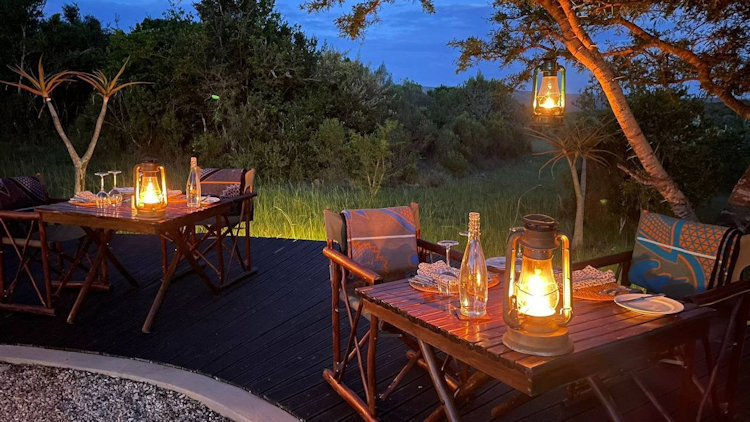
No comments:
Post a Comment